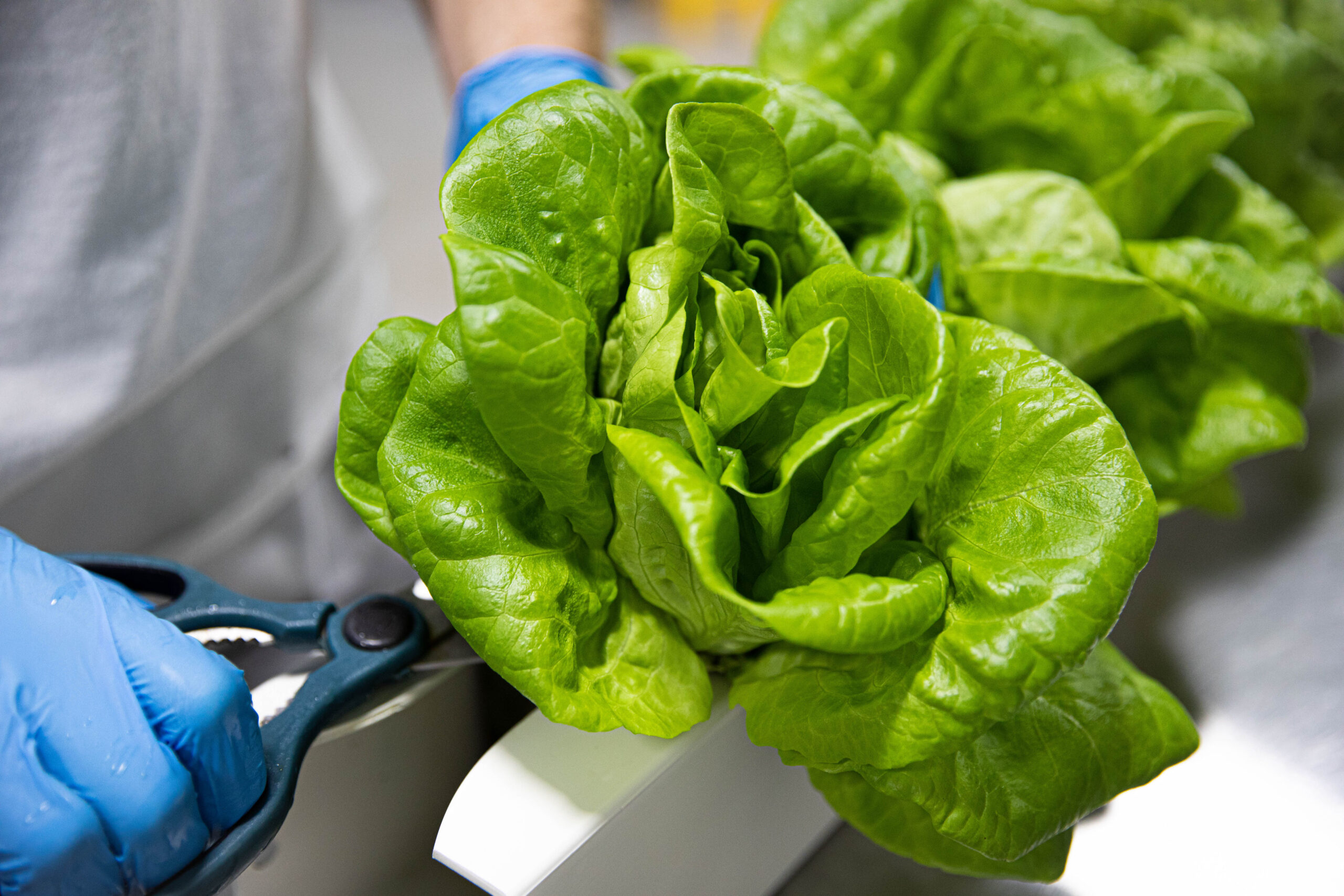Ontario-based Local Leaf Farms is fighting some of the industry’s biggest issues, one sustainably packaged romaine at a time. Its particular model seeks to provide fresher, more nutritious options while supporting locally grown produce.
To bring its vision to life, Local Leaf Farms builds facilities that are no more than 7,000 sq ft. but produce about 70,000 pounds of food a year. The model is designed to be able to take over existing industrial buildings, convert them into farms and bring them online in five or six months.
FreshFruitPortal.com spoke to Steve Jones, CEO & Chairman of the Board for Local Leaf Farms, about what vertical farming can bring to the produce industry. Jones, a former investment banker, explained that his interest in vertical farming came with the discovery of the approach “checking so many important boxes for the world”.
“Vertical farming can bring a fresher, more nutritious product that lasts longer in shelves for the retailers and at home for the consumer in a world of soaring global inflation,” said the executive.
With surging grocery prices all over the world, vertical farming has the potential to help consumers get more for their purchase. At the same time, longer lasting produce can also aid in generating less food waste, which is another of the organization’s goals.
“Everything about our vertical farming corporation is to take sustainability to another level and how we tackle food waste is we grow to an individual store level demand,” said Jones.
“We don’t grow one crop and sell it to a retailer who dumps it into the stores whether they need it or not. We take weekly orders from the individual stores, so we’re only delivering to them what they need.”
Today, after almost 40 years of history, vertical farming remains an increasingly popular approach that is surging in the financial markets. It is expected to hit $12 billion by 2025, growing at a global annual growth rate of 26%, according to Jones.
Staying local
One of the key points for the model is to stay close to stores and distribution centers. Its facilities are never located more than 200 km away in radius from them, thus ensuring that the produce hits shelves no later than two days after harvesting.
With this, issues such as port congestion and strikes or rising input costs are no longer a concern. This is not random, as one of the organization’s main objectives is to deliver high quality produce, with an optimal nutritional value.
“When (the produce) lands in a storage shelf, coming from California, Argentina, Mexico, it averages day 9 or 10. Every day that transpires after harvesting, it leeches out nutrients, it’s not as nutrient dense. Vertical farming allows, whether you’re in Japan or in Canada, to get products on shelves within 48 hours,” said Jones.
Local Leaf Farm’s products are distributed under the My Local Leaf brand, which includes pesticide and herbicide free non-GMO leafy greens and herbs. The produce is also packaged in 100% compostable cases.
My Local Leaf can be found at Sobeys and Food Land locations across Canada. Products are also available through eCommerce and can be delivered within an hour to both consumers and servers.







